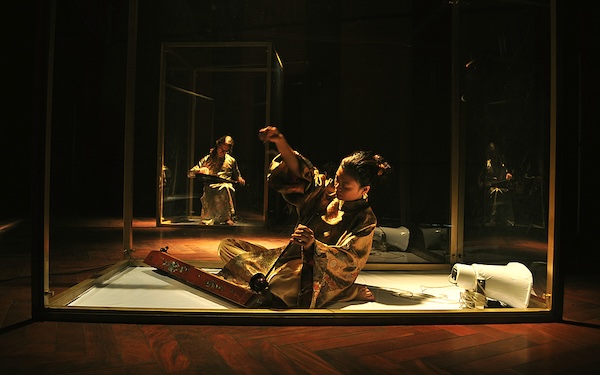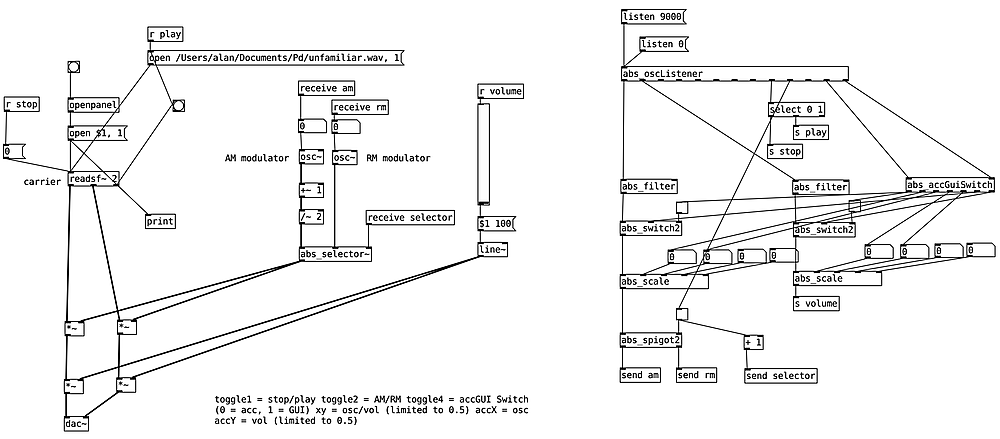
Interactivity in classroom: visual programming
If you are a music teacher willing to create easy interactive music systems and control them with gestures, this course is meant for you.
Go to courseWhat to expect
This project is meant for music teachers of secondary schools, with a student’s age range from 10 to 14 y.o., who don’t have previous knowledge of the subject nor technologic background. The first part of the course is devoted to the basic concepts of visual programming in Pure data, presenting differeing categories of actors: ojects, messages, comments and using those to build basic sound engines with user’s controls such as pitch and volume among others. The second part of the course is dedicated to define user interaction with the system, namely sending data from a smart device through TouchOSC to a computer hosting Pure data in order to get a meaningful control over the patches built in the first part and thus transforming them into expressive instruments capable of basic interreaction with the user.
Learning objectives
It is expected that at the end the teachers will become autonomous users of the software capable of elaborating basic sound processing strategies within the context of the proposed environment, furthermore they should be capable of setting up data streams over a network using TouchOSC. It is expected that the teachers will become enough competent to be able to deliver their newly gained knowledge in the field to the students in the context of a project based approach.
Learning method
This course covers 3 main topics: visual programming paradigm, digital sound processing techniques and user interaction. The audience is led through the content thanks to the Pure data visual programming environment. The material is presented with an increasing degree of complexity so it is highly recommended the audience follows the tutorials in the order they are presented. The videos’ series is divided in two parts on 10 lessons of roughly 10 minutes each. 7 videos will cover the core concepts of Pd environment and digital sound processing techniques. During these videos at least two/three ready-to-use patches will be showcased. 1 video will be dedicated to set up TouchOSC over a network and 2 videos will be dedicated to basic mapping strategies, of the incoming data from the device hosting TouchOSC, for user interaction. No previous knowledge of the applications, nor DSP techniques is required.
More info
Alessandro Anatrini
Related courses
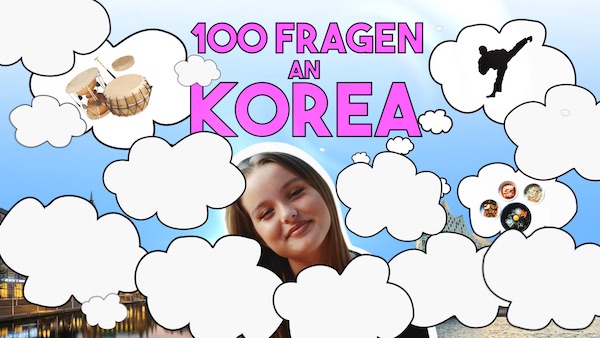
Go to course
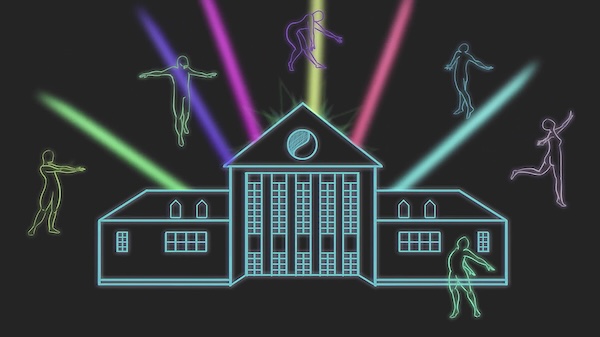
Go to course
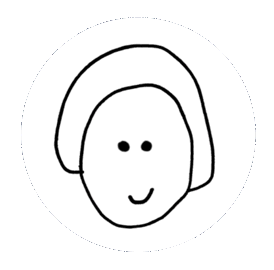
Go to course

Go to course
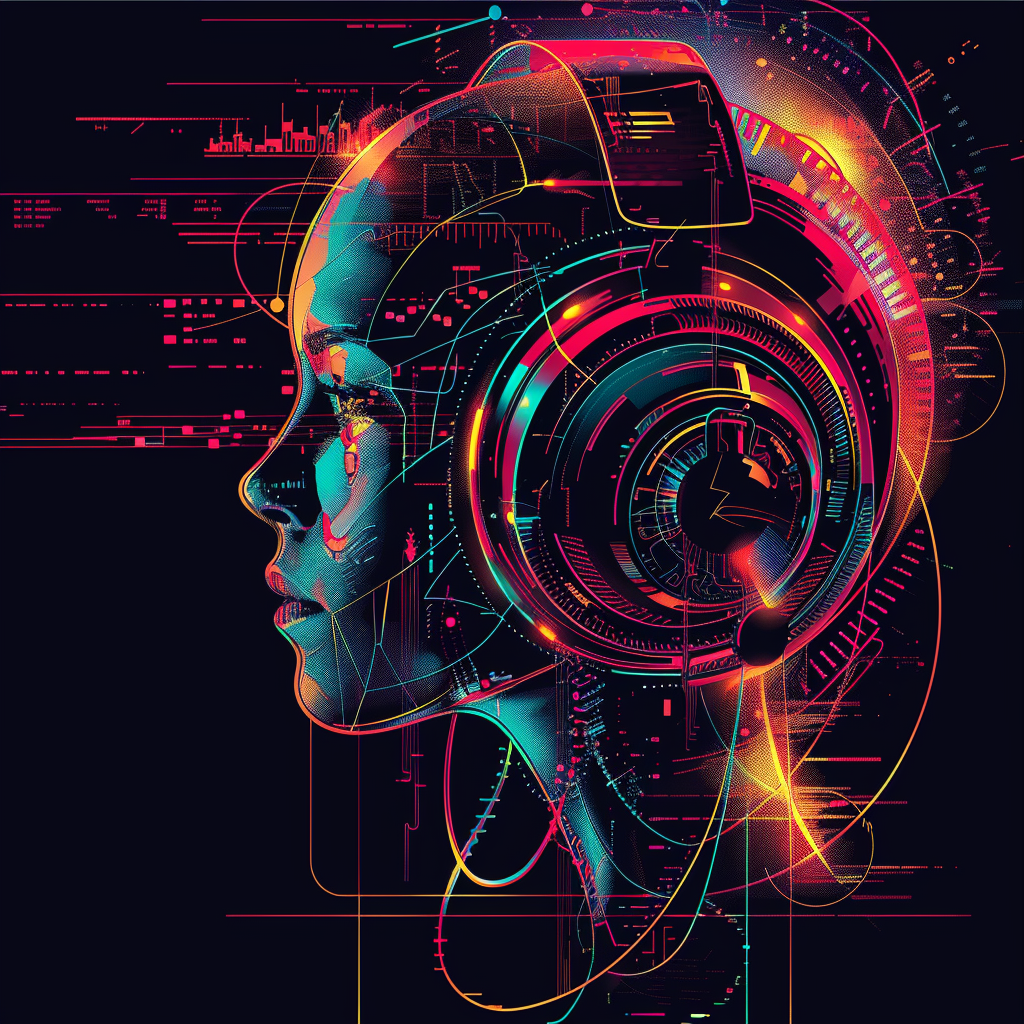
Go to course

Go to course
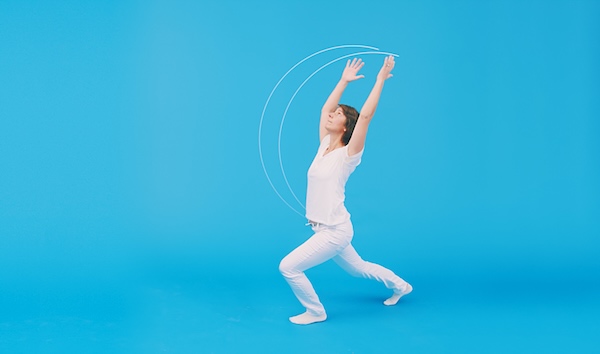
Go to course
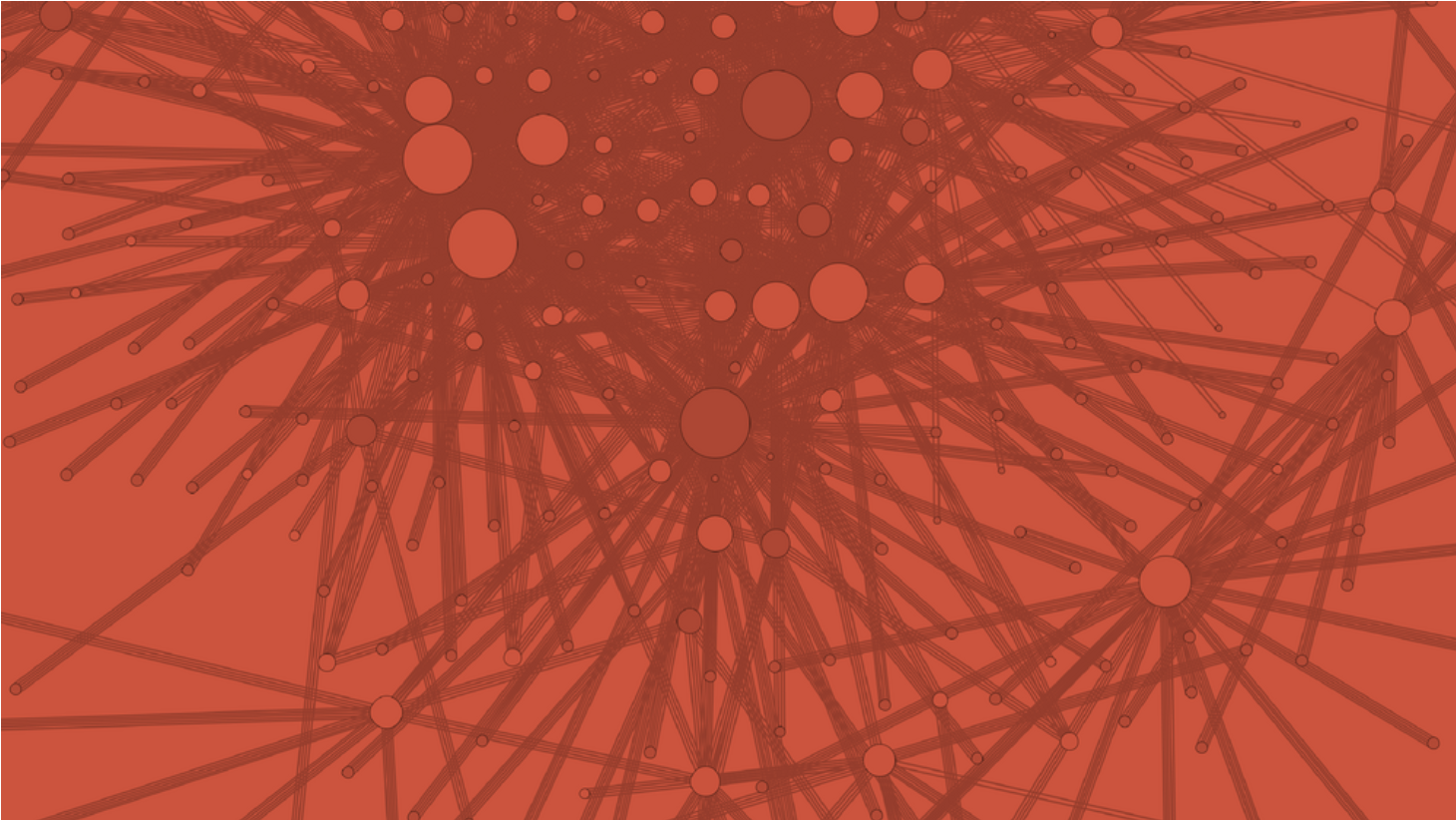
Go to course
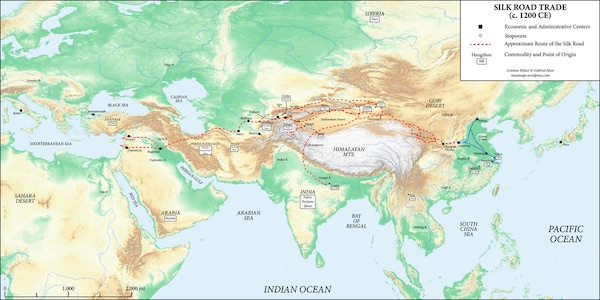
Go to course
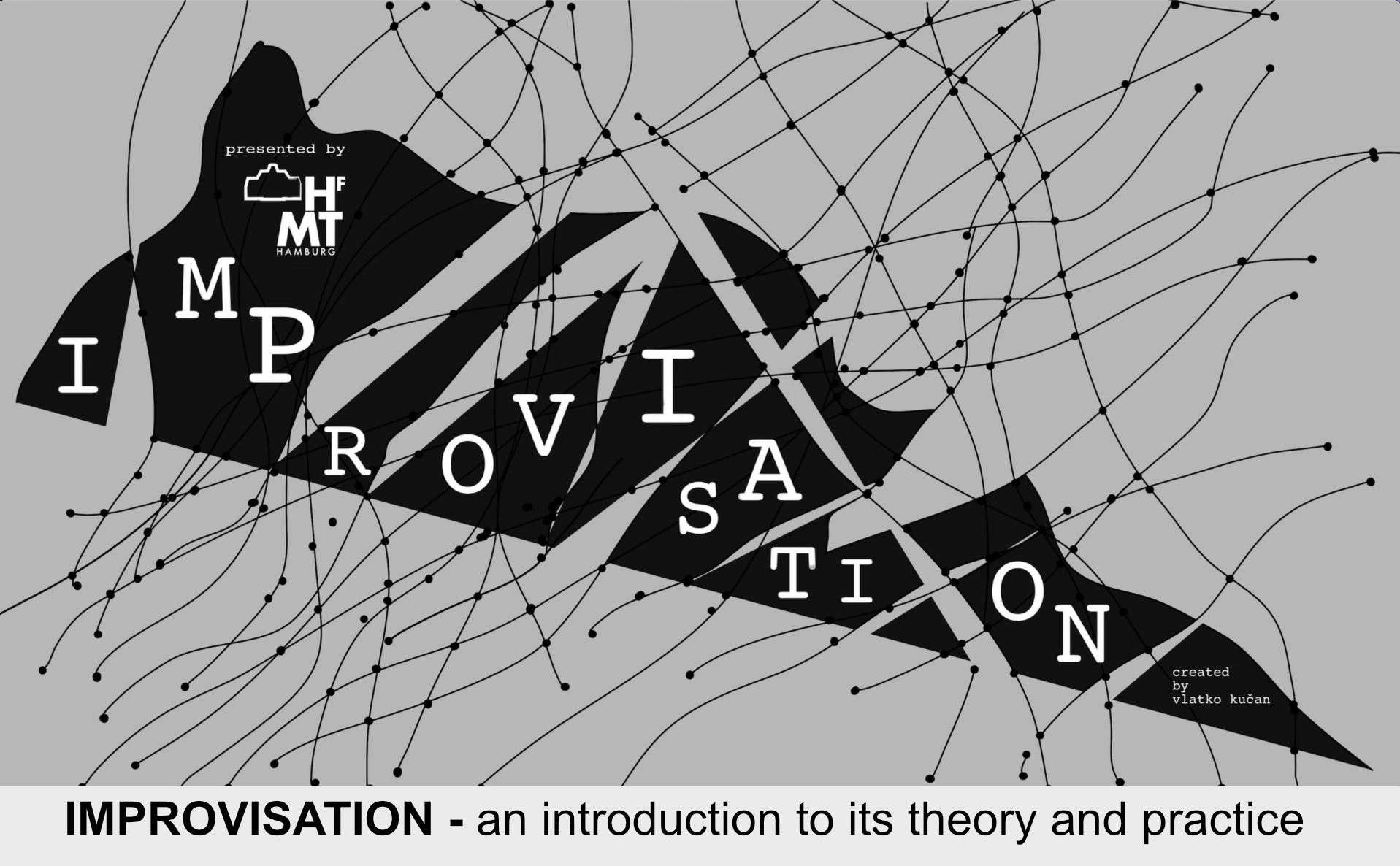
Go to course
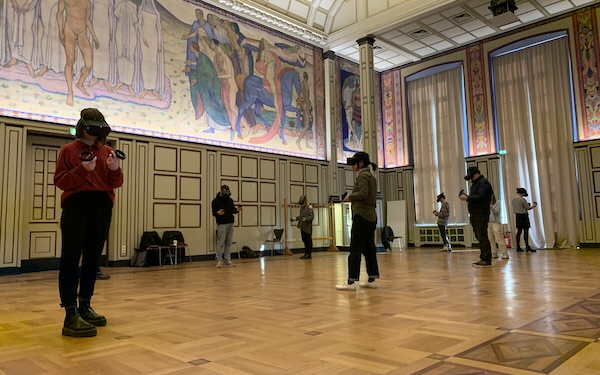
Go to course
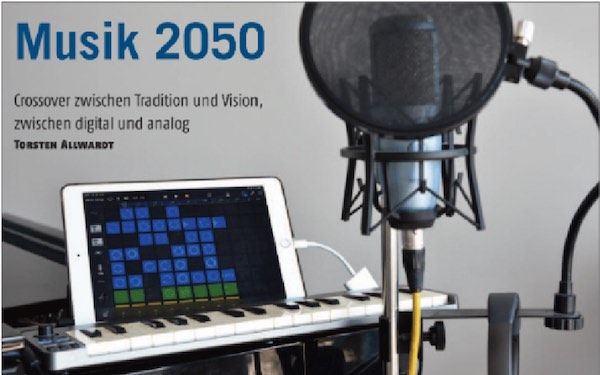
Go to course
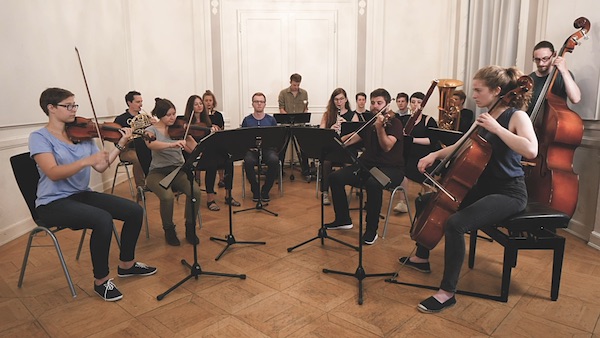
Go to course
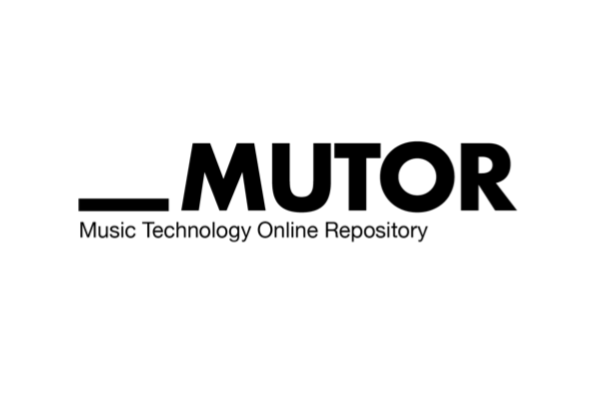
Go to course
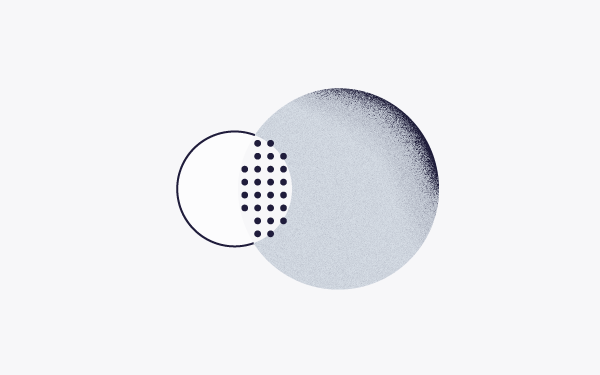
Go to course
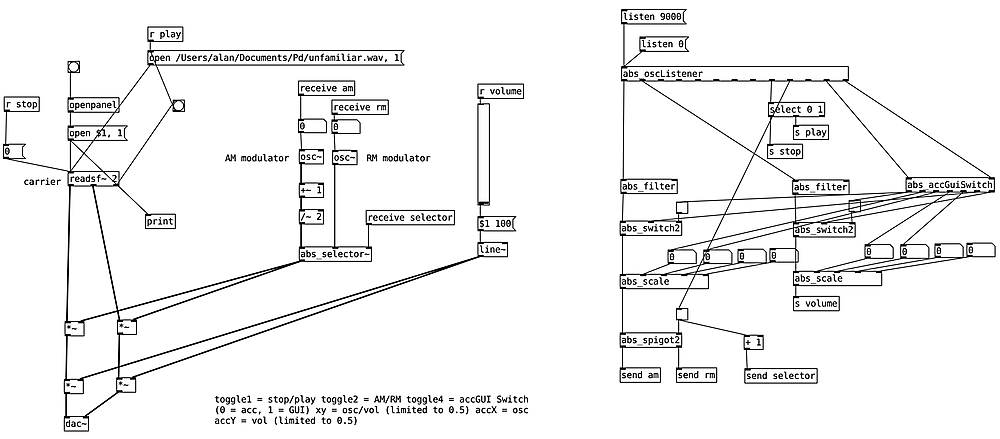
Go to course

Go to course

Go to course
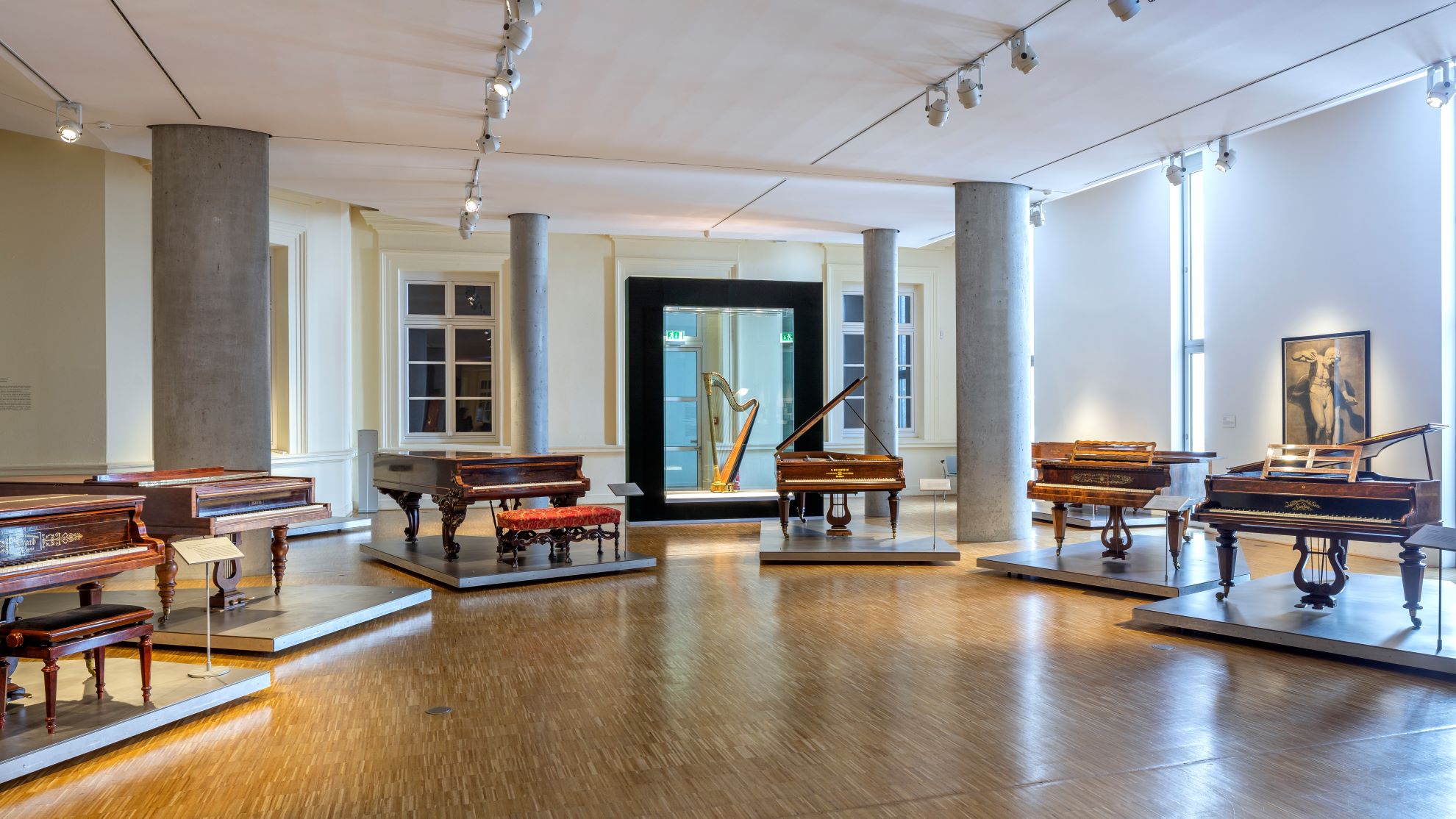
Go to course

Go to course
